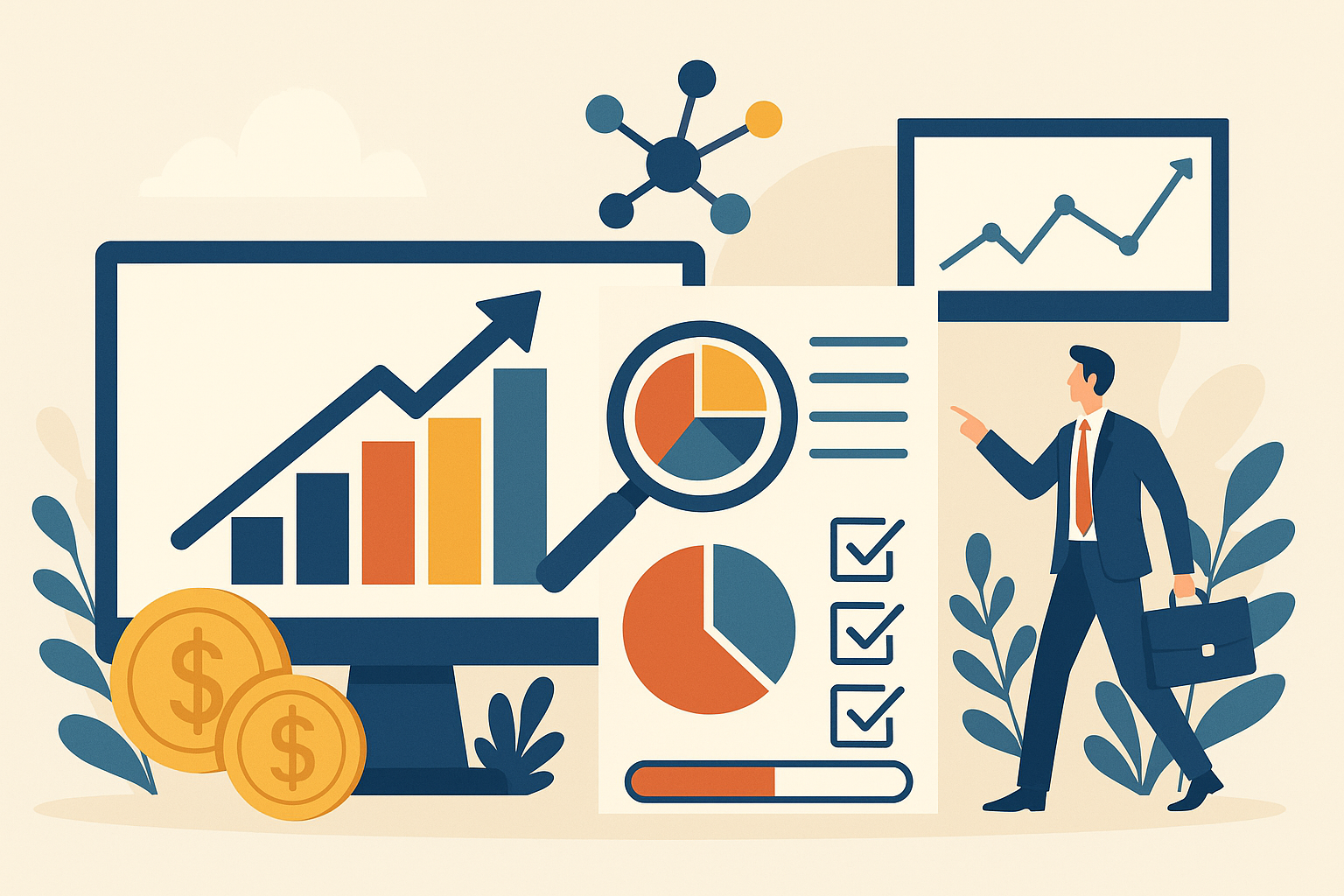How to Monetize Your Data

In today’s business landscape, data has become the most underutilized asset on the balance sheet. Organizations often collect it in abundance, yet struggle to translate it into measurable impact. The question is no longer whether companies should use data, but how they can unlock its true value in ways that improve sales performance, drive productivity, and shape better decisions.
The first step is alignment. Many organizations underestimate the cost of ambiguity. If sales teams cannot agree on what constitutes a “lead” or how to define “engagement,” then the insights that follow will be inconsistent at best and misleading at worst. Thoughtful data governance—shared definitions, common metrics, and clarity of purpose—is the foundation upon which data monetization is built. Without it, integration and analytics remain empty exercises.
The second step is integration. Too often, sales data is scattered across disconnected systems: CRM platforms, customer service records, marketing databases, and finance tools. Each contains valuable fragments of truth, but without consolidation they cannot produce a 360-degree view of the customer. Leaders who succeed in monetizing data are those who view integration not as a technical project but as a strategic initiative—one that enables sales teams to see customers as whole relationships rather than isolated transactions.
From there, transformation becomes possible. Predictive analytics and machine learning elevate raw data into actionable guidance. Modern systems can surface patterns invisible to the human eye: which opportunities are most likely to close, which actions will move a deal forward, and which accounts deserve urgent attention. These insights do more than save time; they shape behavior. Salespeople begin to prioritize differently, act more decisively, and engage customers with greater precision.
The real power emerges when accuracy compounds. Improved forecasting transforms the quality of decision-making, not only at the individual level but across the entire organization. Leaders who once relied on gut instinct now manage with confidence. Pipelines become clearer, resource allocation becomes smarter, and strategy becomes grounded in evidence rather than speculation. This is where the monetization of data becomes undeniable—when better insights lead directly to higher productivity, stronger customer relationships, and ultimately, better financial outcomes.
The lesson is clear: monetizing data is not about selling it. It is about converting it into capabilities that improve how people work and how organizations grow. The leaders who capture this value are those who treat data as an enterprise asset, who break down silos, who invest in systems that deliver actionable insights, and who relentlessly measure outcomes against business goals.
This approach applies to every sector. A retailer can transform purchase history into personalized engagement. A bank can turn transaction patterns into fraud prevention. A manufacturer can leverage sensor data to optimize supply chains. The principle is universal: align, integrate, analyze, and act. Data in isolation is a cost. Data with purpose is a competitive advantage. And in the decade ahead, those who master this discipline will define the future of sales performance.